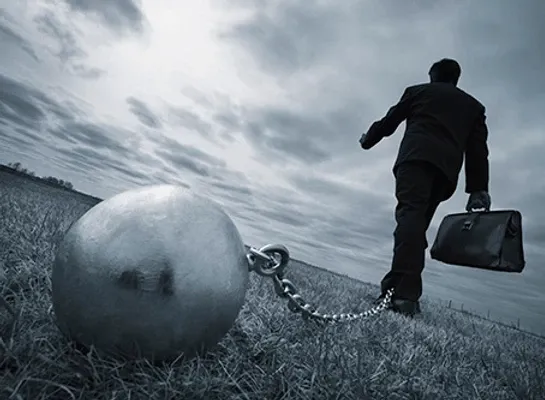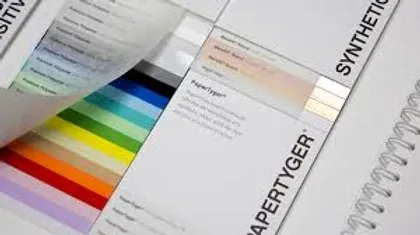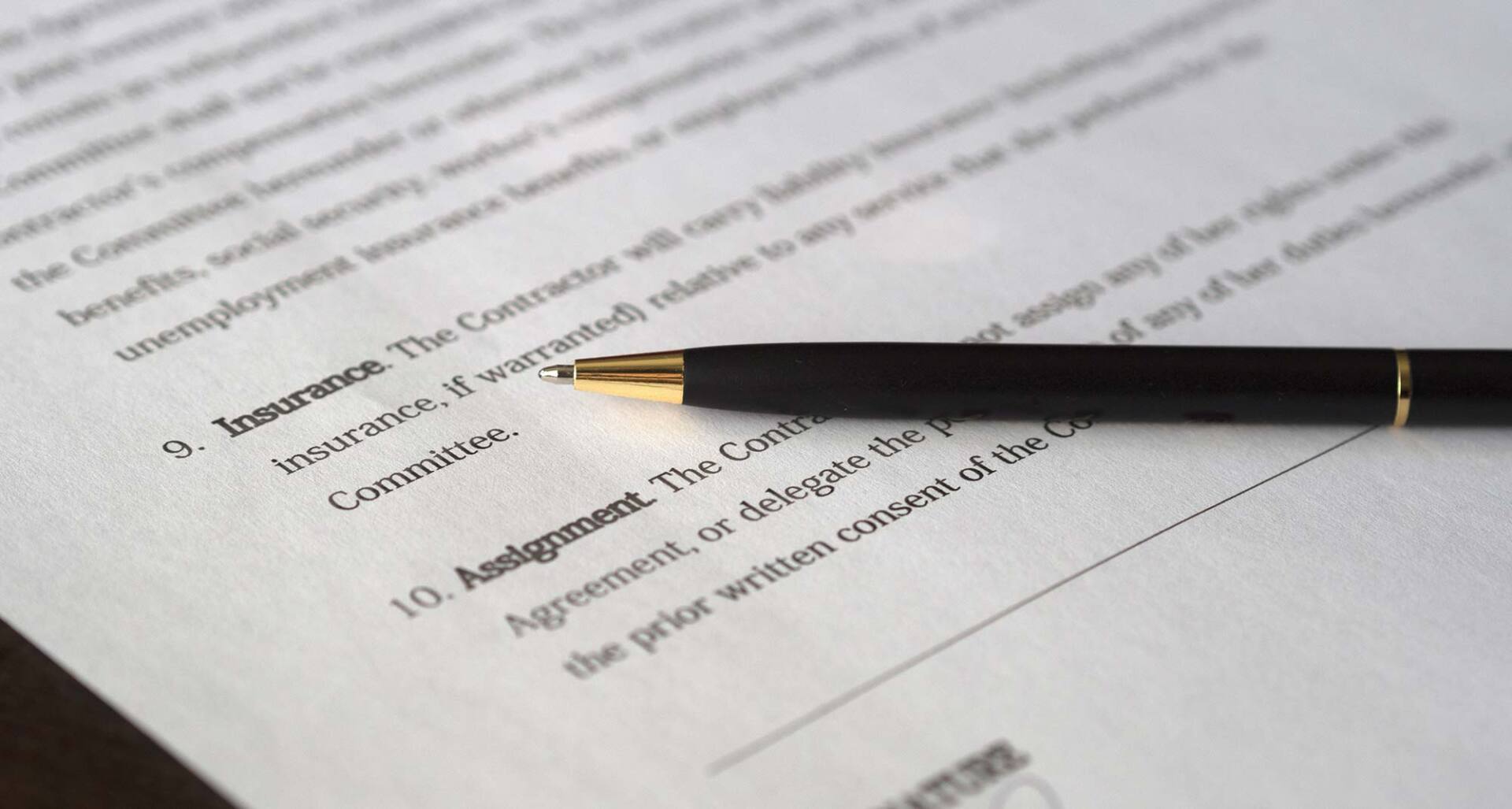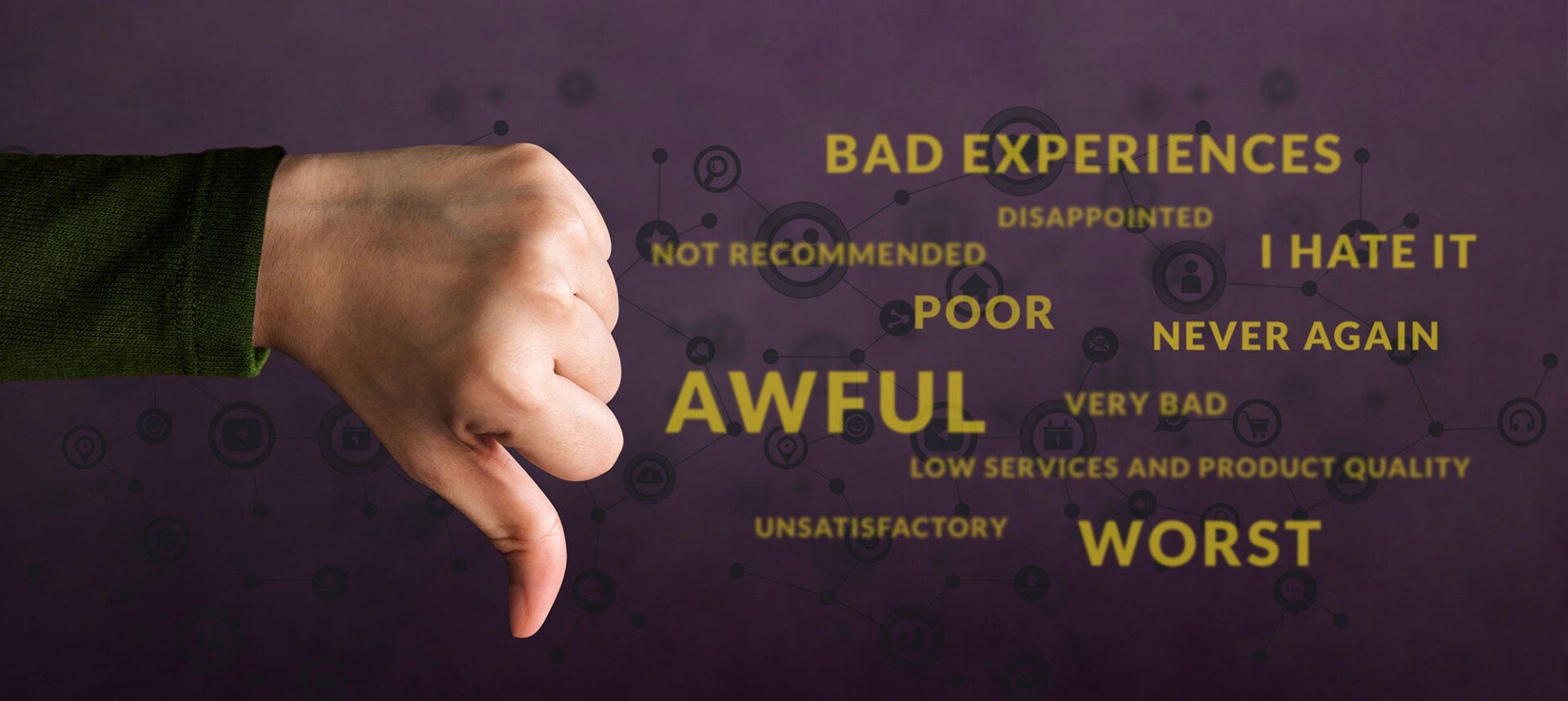Managing Your TO_DO List
If your TO-DO list feels like a ball and chain, check your verbs.

Your daily to-do list should accelerate your performance and motivate you to get more done each day. But for some people a TO-DO list is like a ball and chain holding them back from their full potential, and making them feel like they’re completely ineffective. They look at the list at the end of the day and see all the easy stuff crossed off and all the hard stuff was never even touched. What’s going on? They’re not lazy, they worked hard all day, but the to-do list still accuses them, highlighting their failure to perform. Something must be missing.
If this describes your relationship with your to-do list then I suggest you check your verbs. Every item on your list must start with a verb: call, meet, go, write, email, but some verbs don’t really describe something you can do in one motion or at one time. In those cases the verbs that are on your list are describing a project not an action and projects need to be broken down into doable actions before they show up on your to-do list.
For example, your list includes the item, “Do staff evaluations”. Certainly, do is a verb but it usually references a project, like …
- Do 2019 budget
- Do 2nd quarter projections
- Do customer satisfaction survey analysis
In the case of the staff evaluations, there are several steps to this project. You might need to go to human resources and obtain personnel folders, maybe you need to hand out peer review forms or self evaluation forms, or talk to other managers, or look up areas needing improvement, cited on their last evaluation. You’ll need to review your personal notes on each employee, etc., etc., etc. Each of these tasks is part of “do staff evaluations” and doing it right will take organization, time, and input from others. You cannot “do staff evaluations” today because it involves a whole series of actions performed over time. Are you a lazy goof-off because at the end of the day you didn’t cross off, “do staff evaluations”? No! But you will need to put it on a project list and then on your to-do list you should include, define steps and timeline for staff evaluations, because the first step in this project is “think time”.
This is the time you set aside to define all the steps in the project and the resources and input from others you will need to complete the project. Part of this think time is assigning a timeline to each step by starting at the due date and working backwards through the steps. Now you have actions that you can actually do within the flow of your daily work and as you cross off each item you will be working your way to the completion of the project.
Remember. It’s all about the verbs. We get lazy and just do a brain dump onto our to-do list without really thinking about each item. Maybe that works for you just to get all the stuff out of your brain and onto paper (or into your computer) but if the verbs are all descriptive of projects the result will be the same. There are lots of verbs we use in our to-do list that are project words. Organize, Analyze, Fix, Complete, Plan, Develop are all project words and on your to-do list you might as well write the words “put this off until later because it’s too darn hard” after each of them.
Once you’ve done the brain dump into your list. Go back through it and move all the projects to your project list so what’s left are actionable verbs and add think time to your to-do list for each of the projects, then when time permits you can systematically tackle each project to break it down its most elemental actionable activities.
Here is a short list of project words to avoid on your to-do list. When you see these words, stop and ask yourself if that item is actionable, as it is stated. Sometimes they are, like GET extra cups for the 2:00 PM meeting. But often these words describe much larger efforts like GET new timeline and cost overrun for the remodel project.
- Do
- Get
- Fix
- Plan
- Develop
- Organize
- Analyze
- Complete - Only use this verb if the activity is the very last item of a project list or you are describing an actionable item that you started at an earlier time. For example you started to write the trade journal article yesterday and you need to complete it today.
Otherwise Complete is about as vague as Do.
So, what’s the answer to the ball and chain effect of your to-do list?
Clearly, you’ll need to do all the hard stuff eventually, and I’m not suggesting that you just put easy items on your to-do list. No way! Every worthwhile project does need to be completed, but before it goes on your to-do list it needs to be broken down on a projects sheet. That’s where you think through all the steps needed to logically complete the project. On the project’s sheet you keep breaking it down until you get a list of actionable verbs for every step of the project with a corresponding date to start and complete the task. Once this work is done, you’ve reduced a daunting project to manageable steps, listed them in a logical order, and each step becomes a simple thing to do on your to-do list. It’s easy to do the steps when you know what they are. And as you cross them off you’ll feel like a winner not a loser.
This is how highly effective people get so much done in a day. They let their to-do list guide them systematically toward the completion of larger more complicated projects. Even if you’re building an ocean liner or a skyscraper the steps are the same. The whole project has to be broken down into its parts and that has to be broken down into its parts until you are finally at the most elemental level of action.
Finally, items on your to-do list require different amounts of energy and time. Both are resources you have in limited supply so work on tasks requiring a lot of energy (mental or physical) during the times of the day when you are at your best. Save the really easy stuff for times during the day when your energy levels are waning.
In summary, remember to check your verbs, don’t use a to-do list as a catch all for fragmented thoughts like; Gary’s retirement party. Use a verb, if you need to go to Gary’s retirement party at 3:00 PM put it on the list. If you need to plan Gary’s retirement party, put it on a project sheet.
This discipline will never be completely automatic, so be on your guard to make sure you’re not falling back into old habits. It’s easy to see when you do regress, however, because at the end of the day, your to-do list will reveal if it consisted of actionable items or projects.










